Knee LigamentInjuries
Knee ligaments are strong bands of connective tissue that help stabilize and support the knee joint.
There are four main ligaments in the knee:
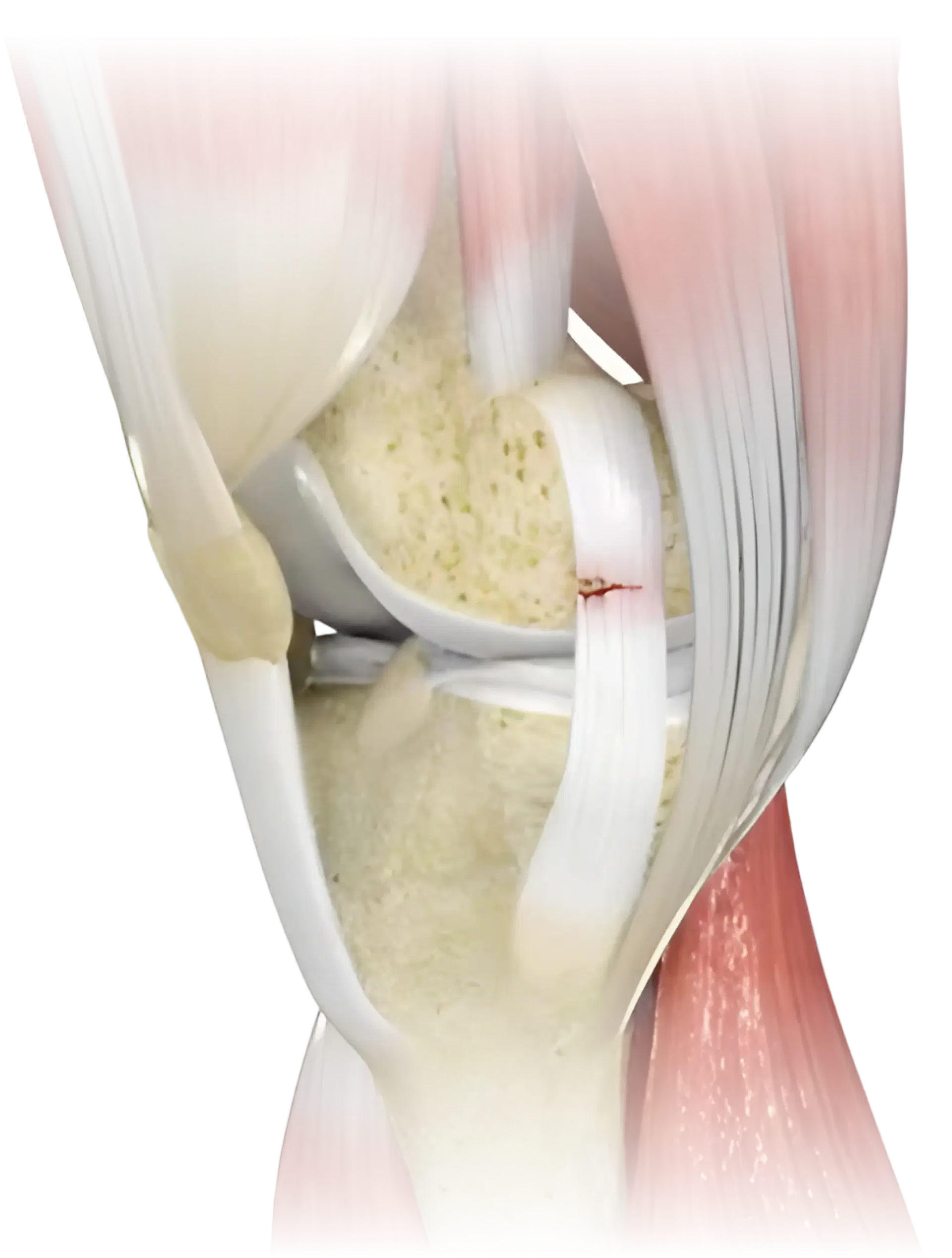
Anterior cruciate ligament (ACL)
Helps prevent the shinbone from sliding forward.
Posterior cruciate ligament (PCL)
Helps prevent the shinbone from sliding backward.
Medial collateral ligament (MCL)
Helps prevent the knee from bending inward.
Lateral collateral ligament (LCL)
Helps prevent the knee from bending outward.
Ligament Tears
The knee is a complex joint which consists of
Knee ligament injuries vary in severity, ranging from mild to severe.
They include sprains, strains, partial tears, and complete tears. Treatment options may include RICE (rest, ice, compression, elevation), physical therapy, and sometimes surgery.
These components allow easy joint movements and at the same time can be more susceptible to various kinds of injuries.
Knee
problems
Knee problems may arise if any of these structures get injured by overuse or suddenly during sports activities. Pain, swelling, and stiffness are the common symptoms of any damage or injury to the knee.
Common causes of knee injury include:
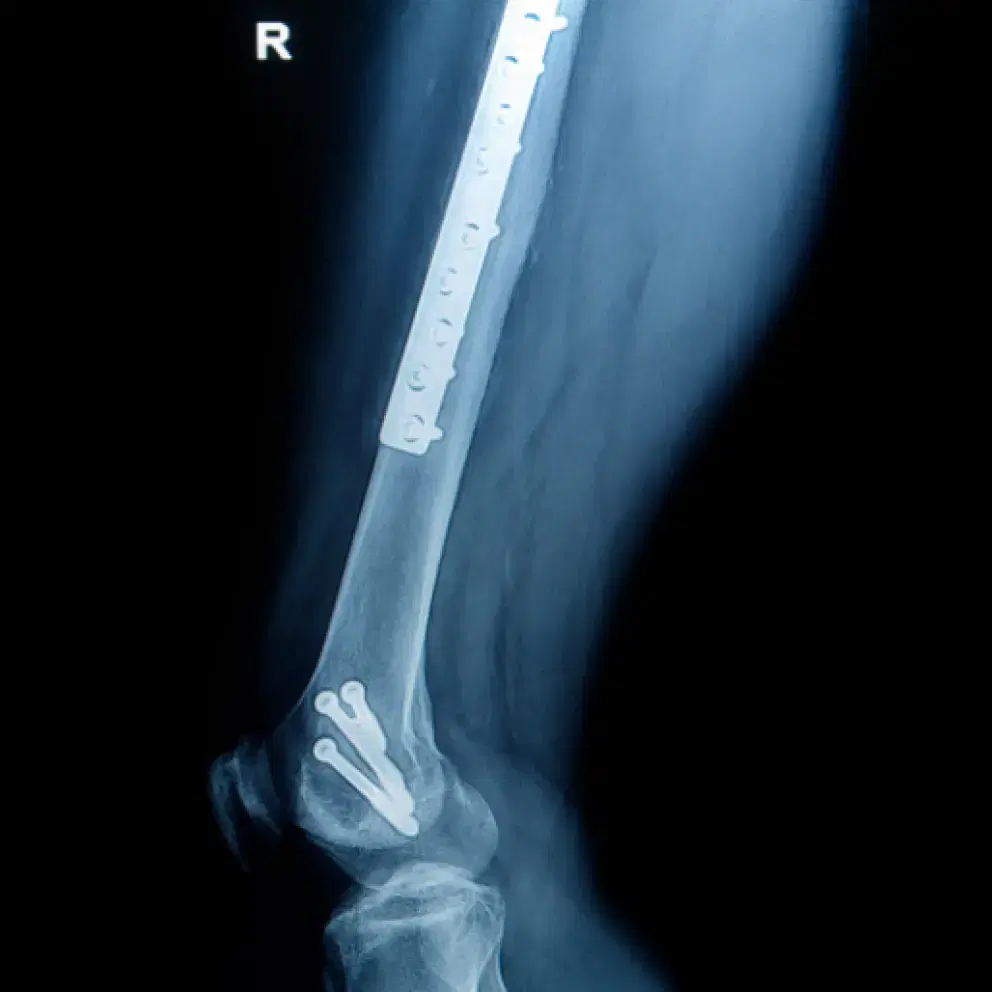
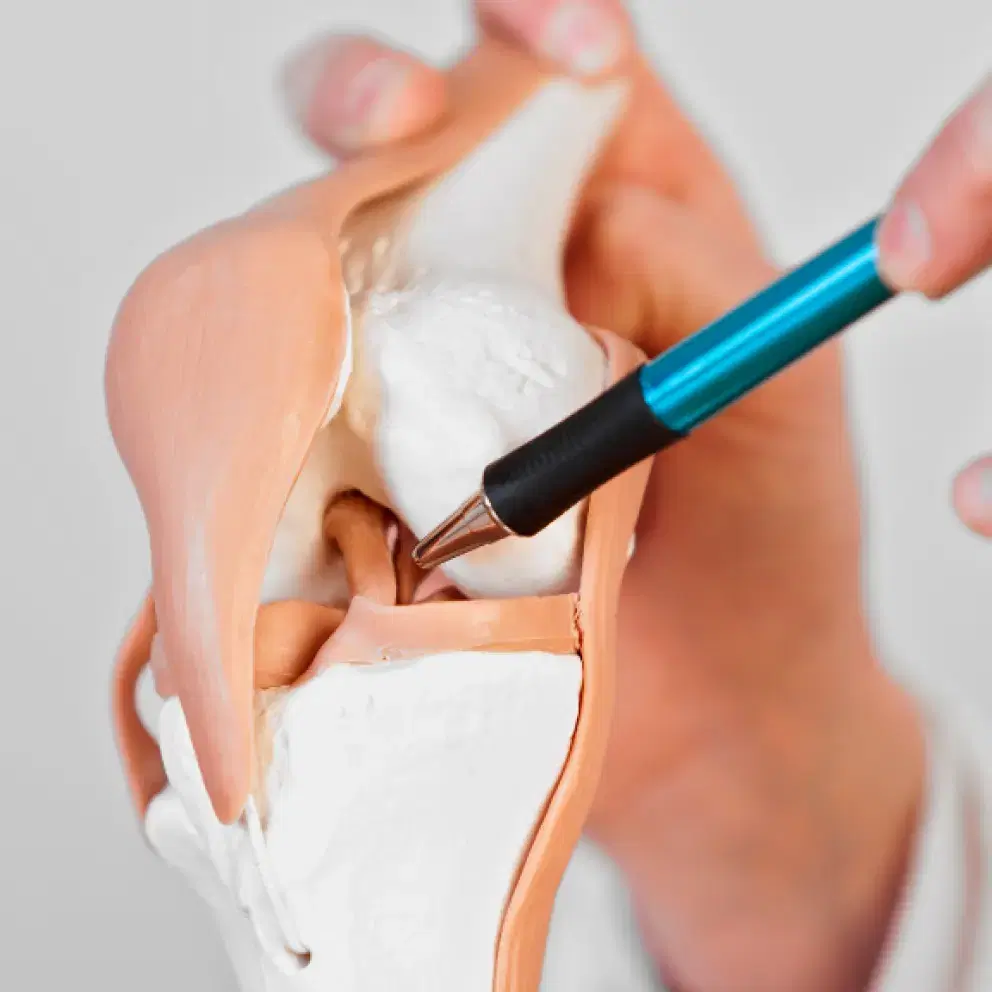
Either anterior or posterior cruciate ligament
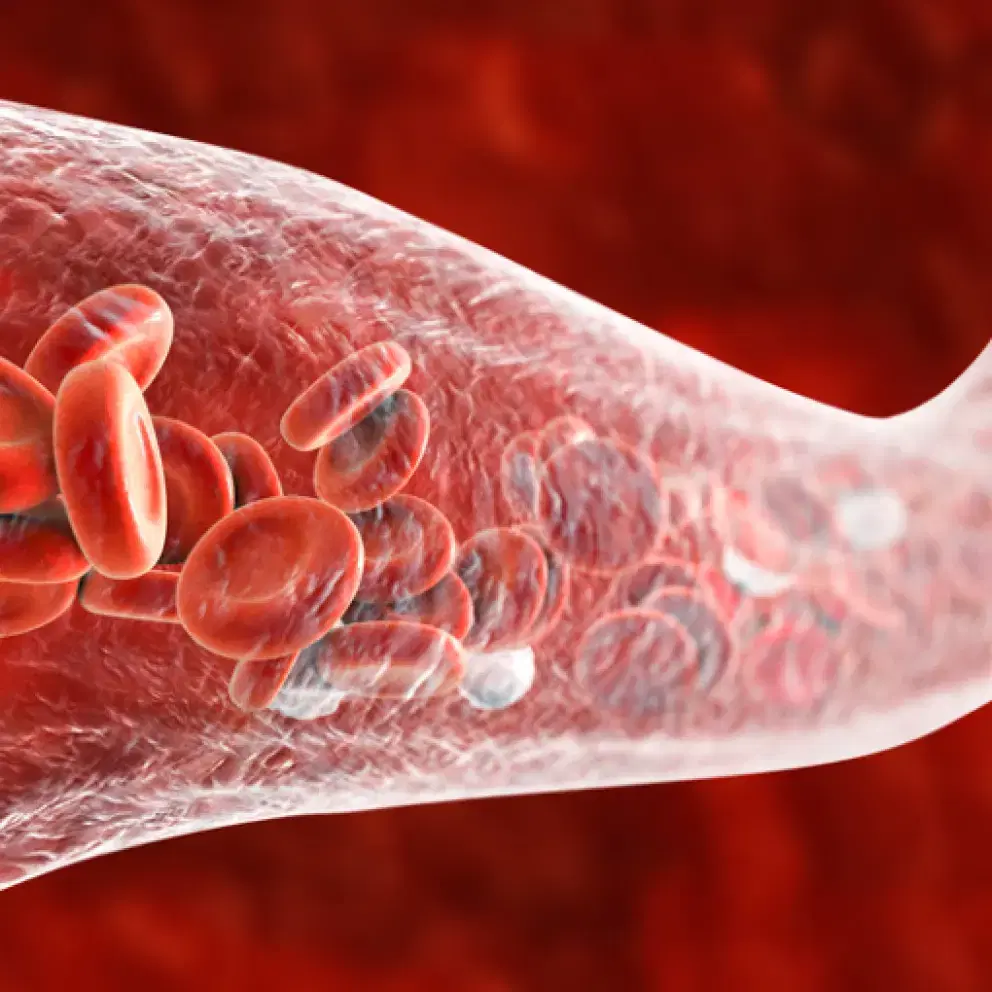
That leads to the accumulation of extra fluid or blood in the joint
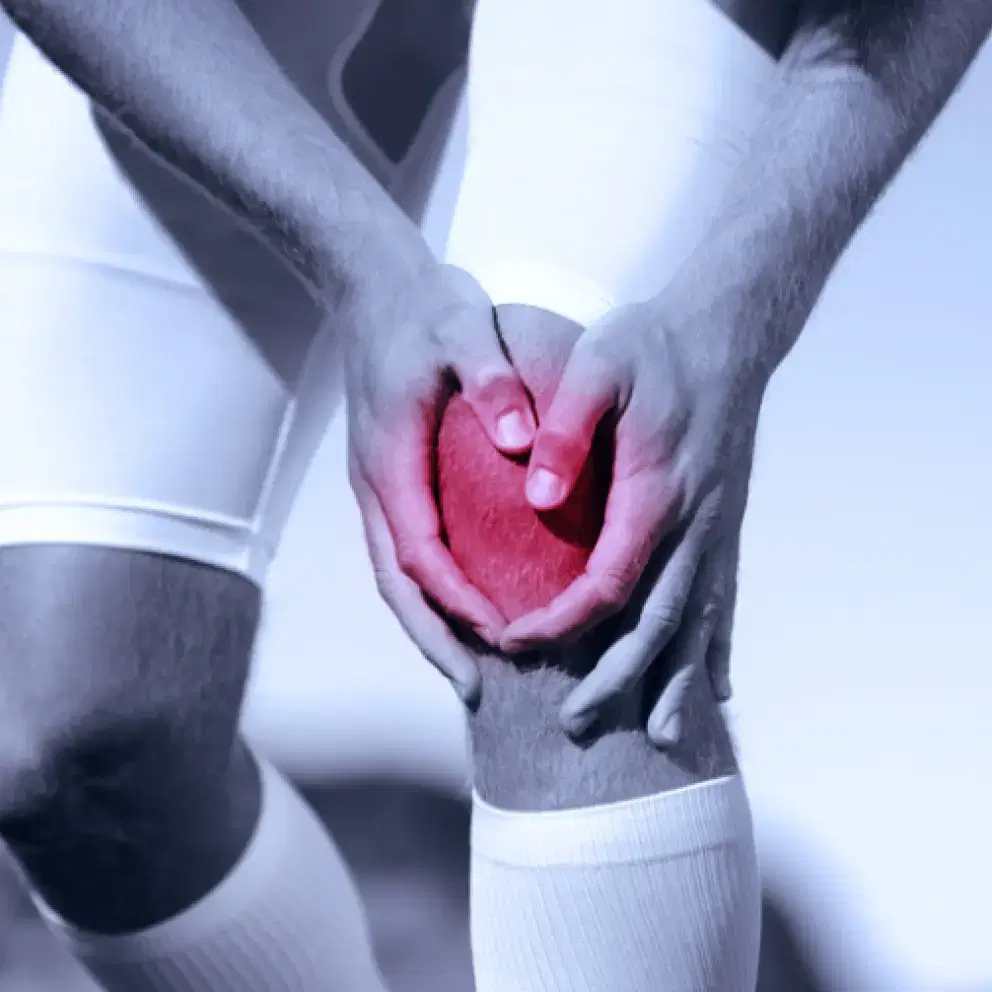
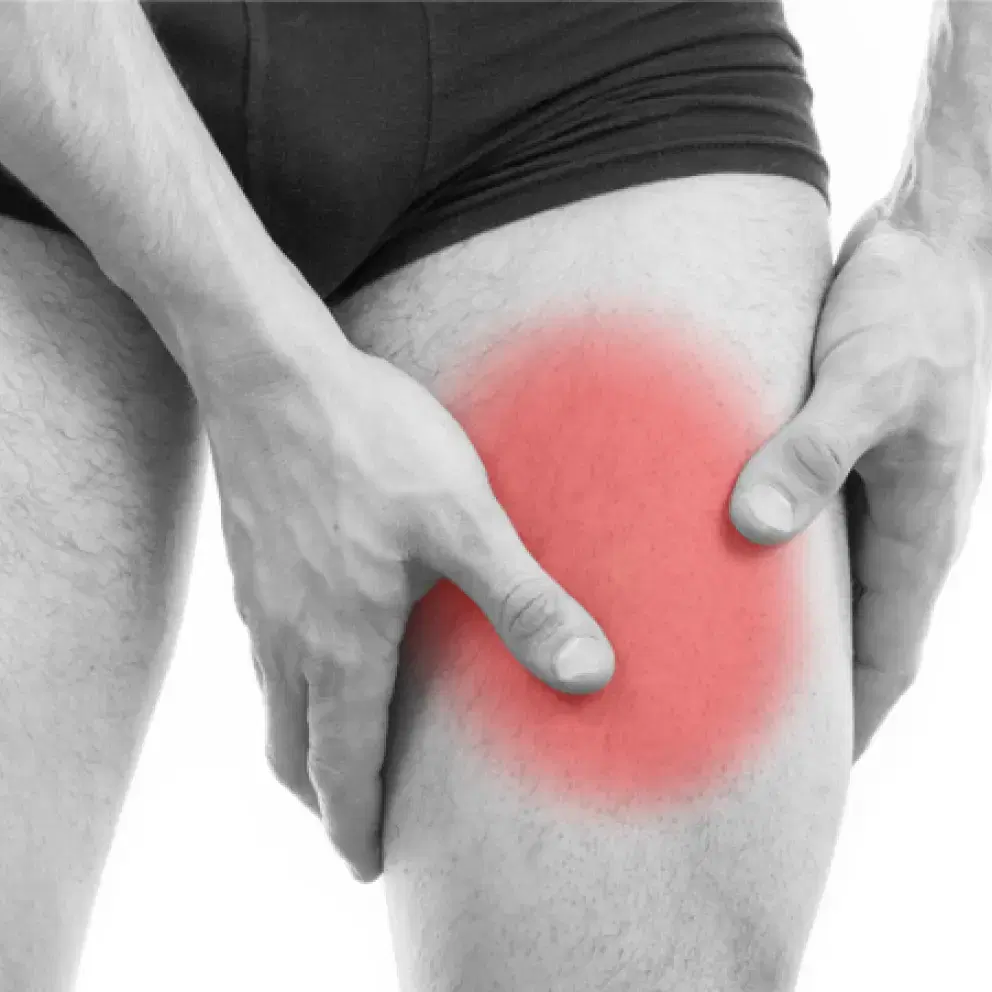
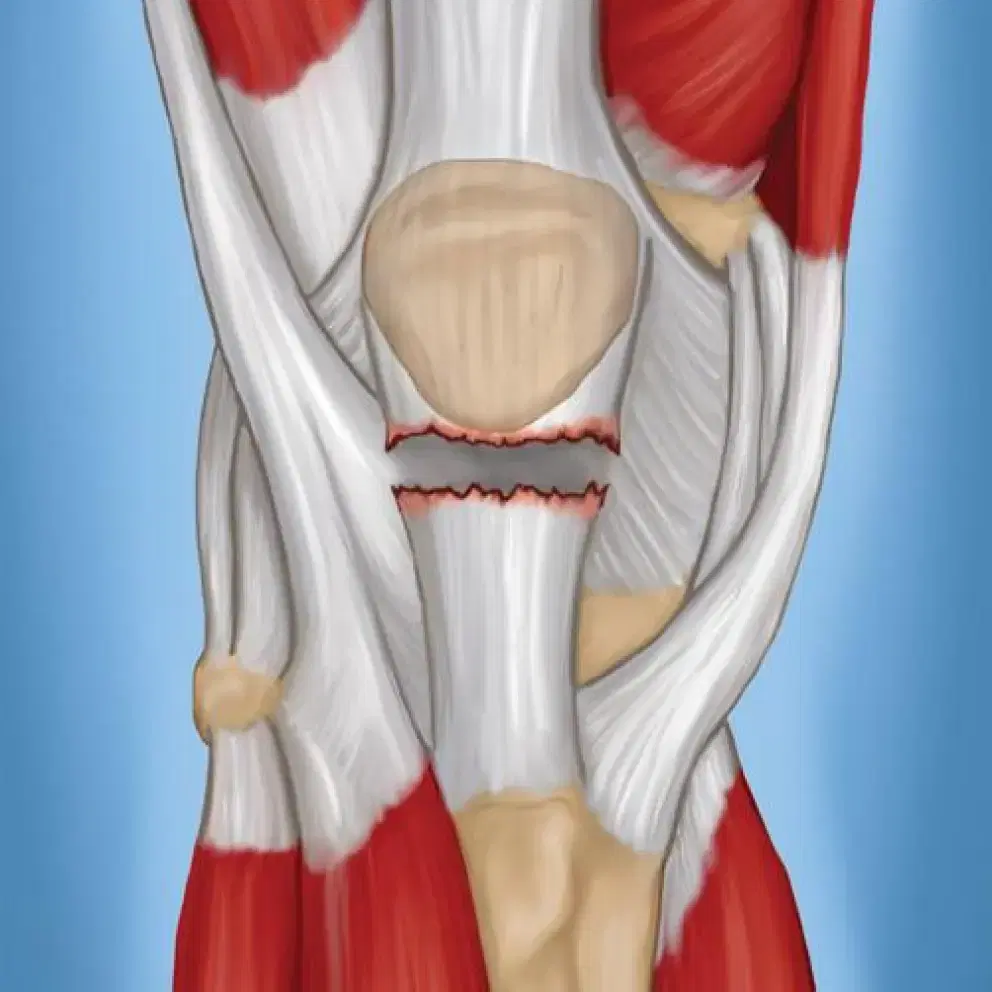
ACL Tear
An ACL tear commonly happens during sports activities when the knee undergoes forceful twisting or hyperextension. Rapid changes in direction, abrupt stops, running slowdowns, incorrect jump landings, and direct collisions, like football tackles, can also cause ACL injuries.
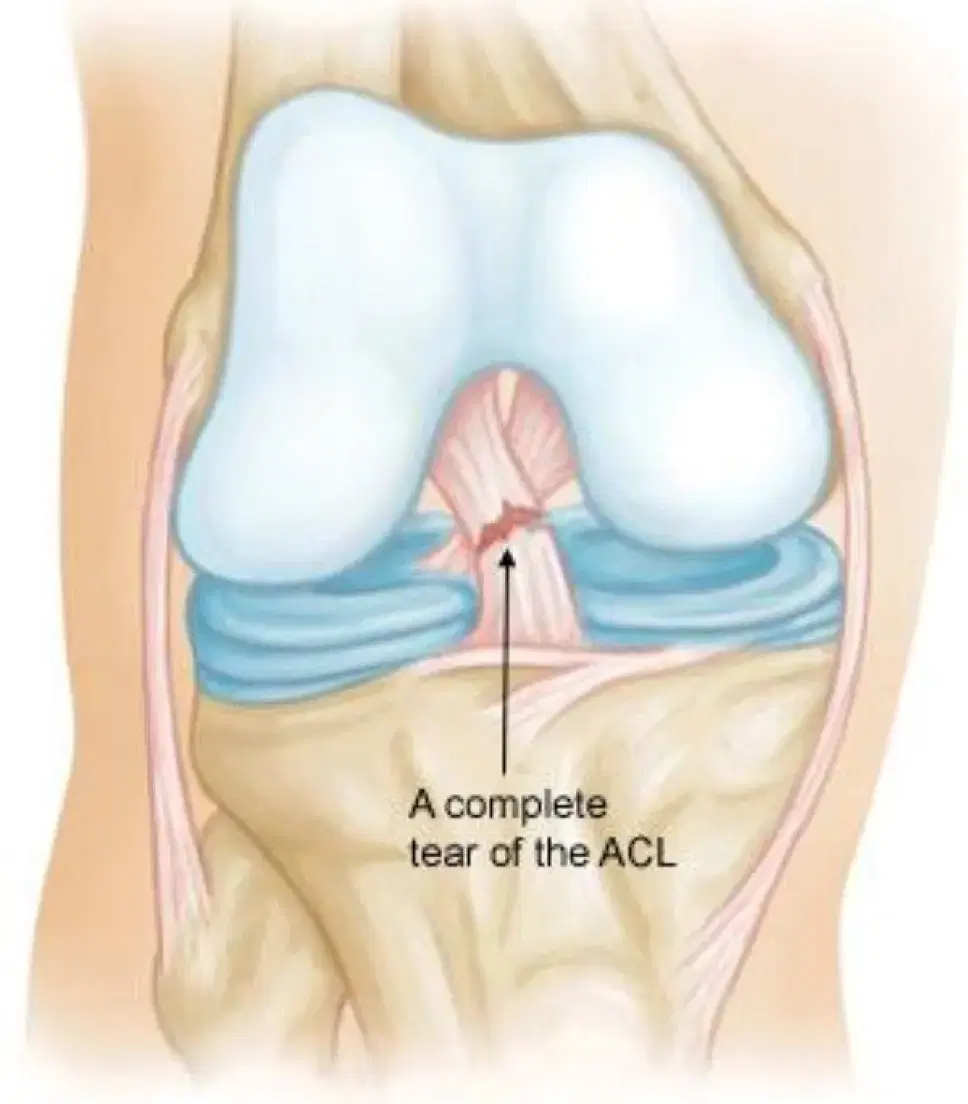
MCL Tear
The MCL is an inner knee ligament that stabilizes the joint, running from the femur to the top of the tibia. MCL injuries, ranging from stretching to partial or complete tears, often happen due to external pressure or stress on the outer knee.

PCL Tear
PCL injuries are rare and challenging to detect compared to other knee ligament injuries. They often coincide with cartilage and bone bruise injuries. PCL injuries are graded I, II, or III based on severity:
PCL injuries typically result from direct impacts like automobile accidents or falls with a bent knee in sports.
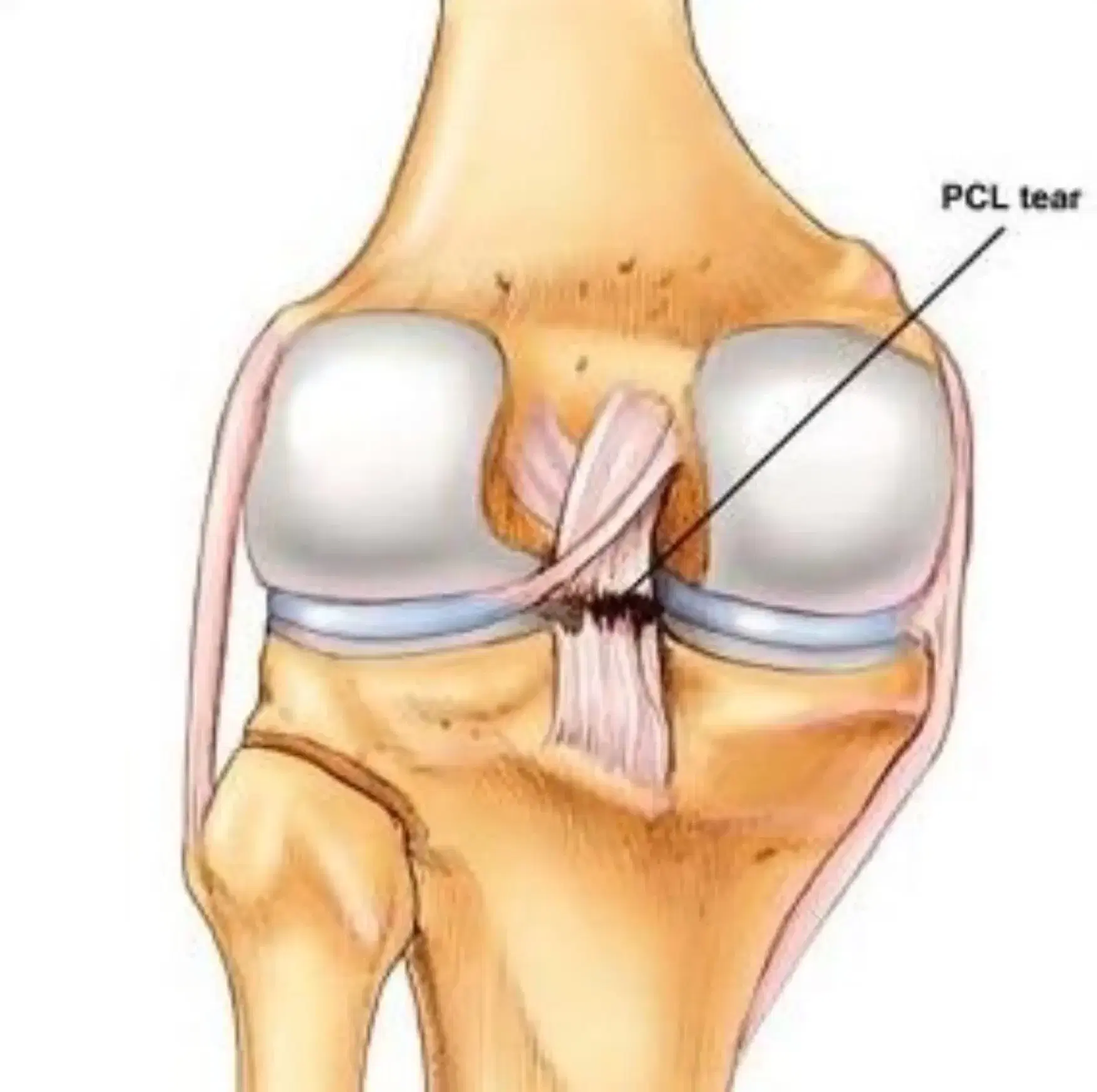
Treatment for Knee
Ligament Injuries
After knee ligament injuries, you can start the R.I.C.E. method before seeing a doctor:

Rest
Avoid putting pressure on the injury to prevent further damage

Ice
Apply ice packs wrapped in a towel to the injured area for 15-20 minutes, four times a day

Compression
Wrap the knee with a compression stocking for swelling reduction and support.

Elevation
Keep the knee elevated above heart level to decrease swelling and alleviate pain.
If you experience a popping noise, instability, or extreme pain preventing movement, it's crucial to consult your doctor for advice.
Advanced Treatment for Knee Ligament Injuries
Where non/surgical therapies have been exhausted your doctor may discuss surgical solutions such as ACL Reconstruction Surgery for a reconstruction of the ACL
Book a consultation
today
9:00 am - 4:30 pm
